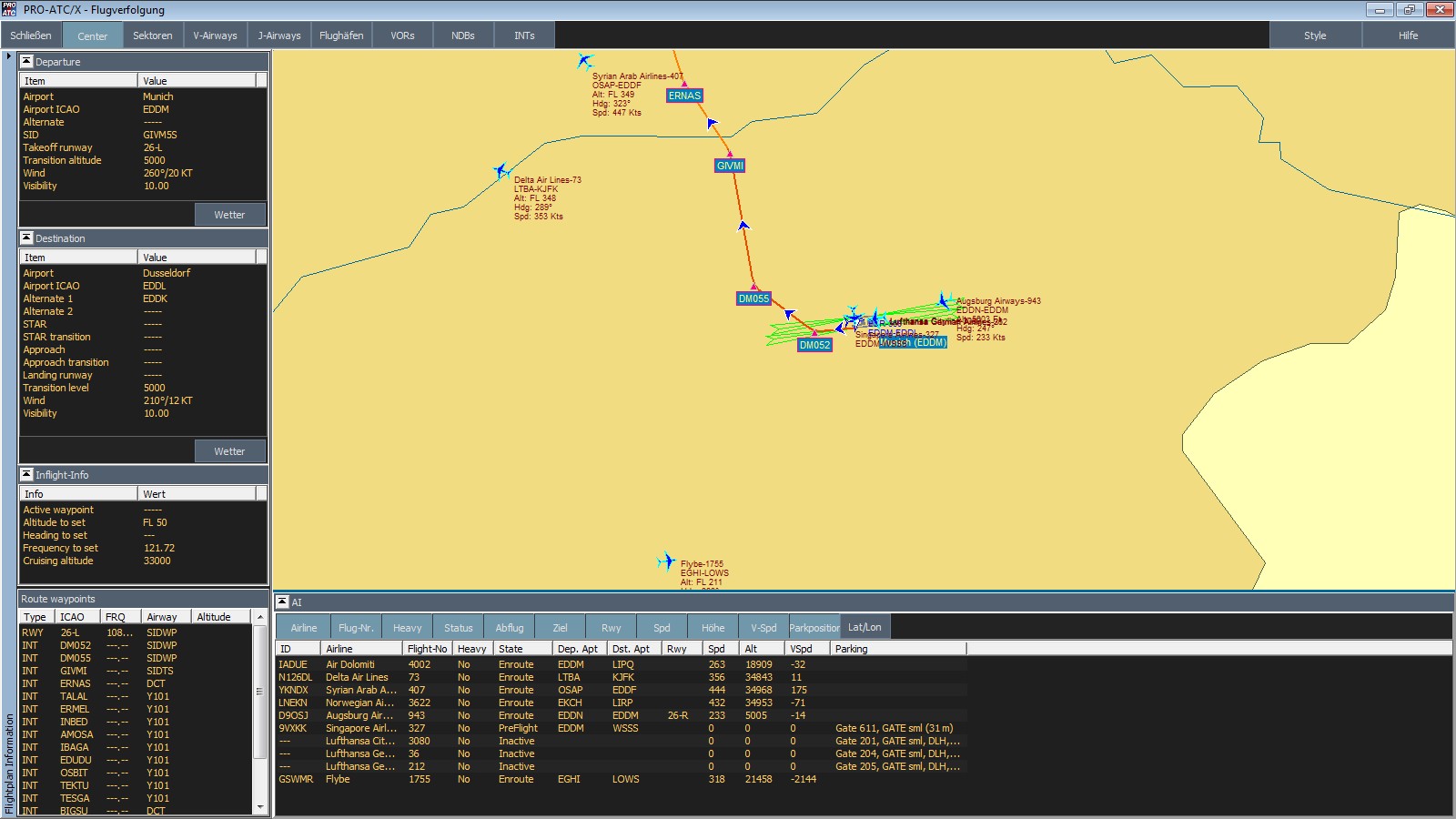
However, CUPPS needed to work with CUTE legacy applications to support the airlines that had not yet developed CUPPS applications. The aim was for CUPPS to replace the Common Use Terminal Equipment (CUTE) standard, which has been in place since the 1980s. Of course, at the heart of the common use debate is the Common Use Passenger Processing Systems (CUPPS) standard, which was introduced by the International Air Transport Association (IATA) in 2009 and was developed to simplify common use implementation by promoting a model whereby airlines would have a single application that could run on any CUPPS certified platform. (Photo credit: © Jens Görlich)ĬUPPS or native airline applications? Standardised common use or virtualised shared use platforms? On-site servers or cloud-based solutions? These are just a few of the many questions airports and airlines must consider when searching for the ideal common use set-up, and with more new solutions coming to market and contradictory opinions and recommendations being made across the board, how do you know which option is best for your business? To help get to the bottom of the debate, FTE spoke to a number of experts from airports, low-cost carriers, legacy airlines and industry suppliers to explore the future of airport common use.

Lufthansa is a big advocate of Common Use Passenger Processing Systems (CUPPS), and Thomas Jeske, the airline’s Senior Manager, IT Infrastructure, told FTE that the airline is “determined to retire its CUTE legacy application portfolio” and move to a “CUPPS-only solution”.


 0 kommentar(er)
0 kommentar(er)
